The VH-71 Kestrel Transport Helicopter
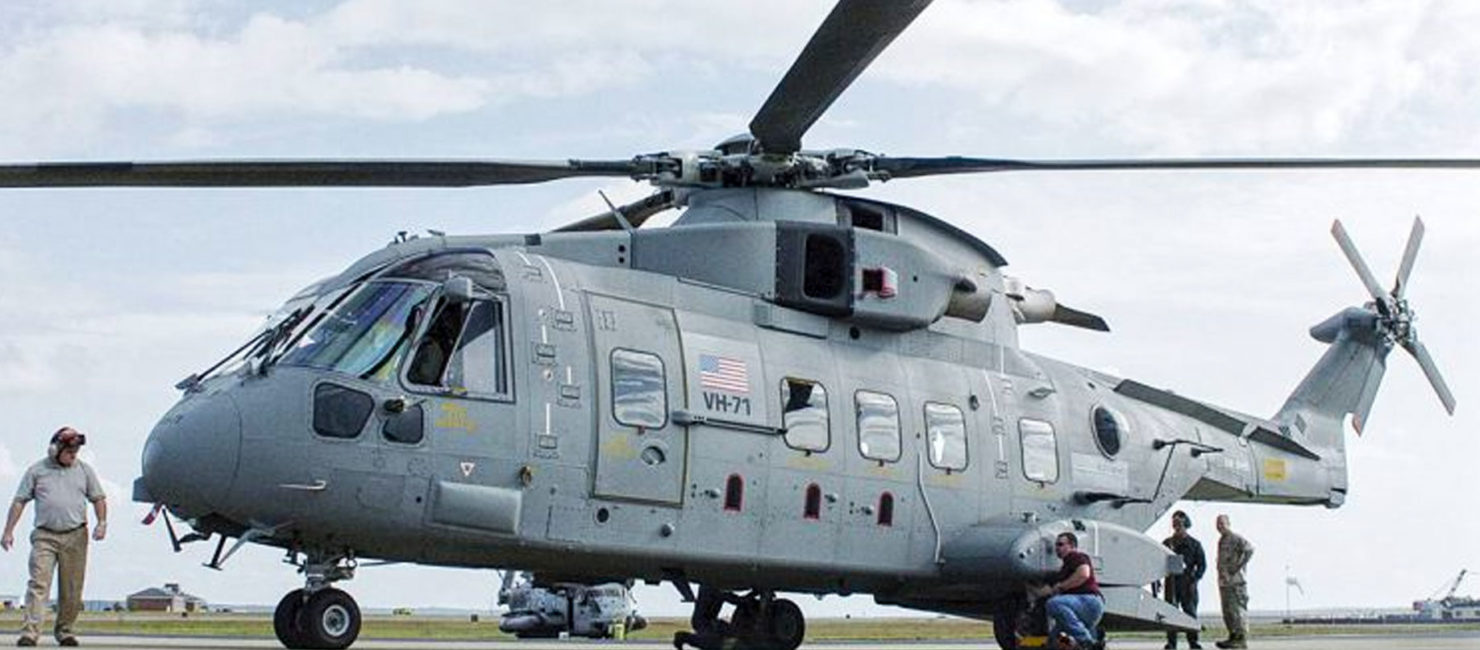
The VH-71 Kestrel is a medium transport helicopter used most famously by the United States Marine Corps for their presidential transport aircraft fleet. The United States Navy contracted out to Lockheed-Martin to build a secure medium rotary platform back in 2003 to replace an aging fleet of Marine Corps VH-3Ds and VH-60Ns.
Cost:
At a pricepoint of $13 billion dollars (USD), the contract was placed and the first VH-71 Kestrel made its debut in 2007. Unfortunately, the cost for existing parts, maintenance, and continued evolution of the airframe was so high that in 2009, the President of the United States requested to cancel or delay the project. The United States Navy only received nine VH-71 Kestrels and cancelled their request for further units as the budget climbed above an estimated $4.4 billion.
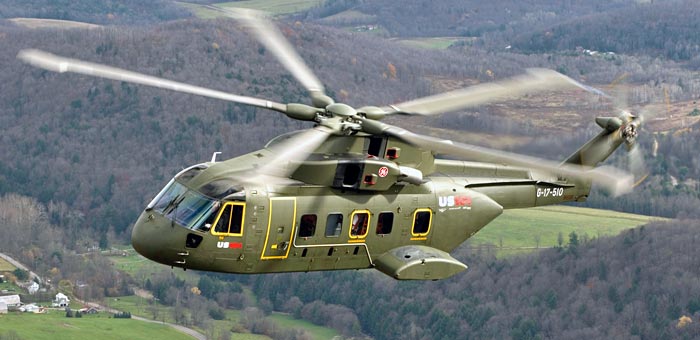
One of the major contentions with this rotary aircraft had nothing to do with performance. In fact, it had an extremely short but successful run as a medium duty transport helicopter. Instead, the biggest obstacle was mounting costs related to developing and maintaining it. This caused a big case of “sticker shock” for government officials and military as the price tag to continue the program escalated rapidly. The other big problem? The current fleet of VH-3Ds and VH-60Ns were set to be retired a long time ago. They were well past their lifecycle and another medium duty aircraft needed to take their place. The pricey yet effective Kestrel was the only military helicopter ready to do so.
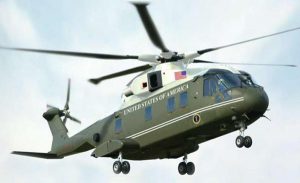
Proposed Use:
The primary role for this helicopter is to transport the President of the United States, the Vice President, heads of state and dignitaries as required by the contract. It is a multi-engine aircraft that has two pilots and multiple communication systems to allow the President to have an “oval office in the sky”. This was considered to be essential both for the President’s safety but also for the continuation of governance even during rotary platform transport.
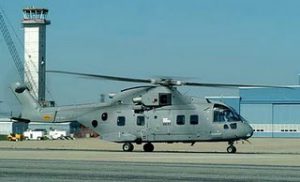
Sold For Scrap:
All of the requirements for the VH-71 Kestrel were to be met by 2010. Due to budget concerns and reporting failures from the Secretary of the Navy and other offices, that didn’t happen. The entire fleet was subsequently sold in 2013 to Canada. These VH-71 Kestrels would never actually see air time in the Canadian fleet. Instead, they would be used for scrap and replacement parts for a fleet of search-and-rescue helicopters used by the Canadian government. The sale price was listed as approximately $164 million. The bulk of these aircraft will be transferred over to Canadian officials where they will sit until they are needed for a replacement part.
Predecessor:
The VH-71 Kestrel is loosely based off the AgustaWestland AW101, another medium lift helicopter. The Canadian fleet of search-and-rescue helicopters uses the CH-149 Cormorant. Many of the parts in the VH-71 Kestrel are compatible with the Cormorant, making it a great fleet to use for replacement parts.
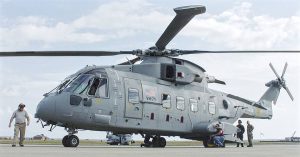
Future Role Of Sustaining Other Aircraft:
One of the biggest difficulties in rotary wing squadrons is repair and replacement of parts. Because an airframe is thoroughly vetted before taking off, a steady supply of parts and maintenance are required. Without a sizeable supply, the aircraft could be grounded. And when it comes to transporting the President of the United States, this rotary wing aircraft has to be in optimal shape.
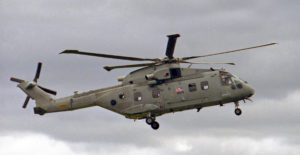
Lessons Learned:
Unfortunately, the VH-71 Kestrel shows what can happen when a piece of the existing fleet needs to be replaced with nothing to replace it, save an extremely expensive new design. With the projected replacement of most fourth generation jet fighters underway by the F-22 Raptor and the F-35 Lightning II, it serves as a reminder that it’s best to replace often and early to help mitigate costs before an airframe reaches its maximum recommended life expectancy.
Powerplant:
Three General Electric CT7-8E turboshafts power the VH-71 Kestrel. Each turboshaft is capable of generating up to 2,520 shp (1,879 kW) of take-off power each.
See VH-71 Kestrel Specifications
| Length: 64 feet 1 inches (19.53 m) |
| Rotor Diameter: 61 inches (18.59 m) |
| Height: 21 feet 8¾ inches (6.62 m) |
| Max Takeoff Weight: 34,392 lbs. (15,600 kg) |
| Cruise Speed: 167 mph (150 knots, 278 km/h) |
| Range: 863 mi (1,389 km) |
| Service Ceiling: 15,010 feet (4,575 m) |
| Crew: 4 |

